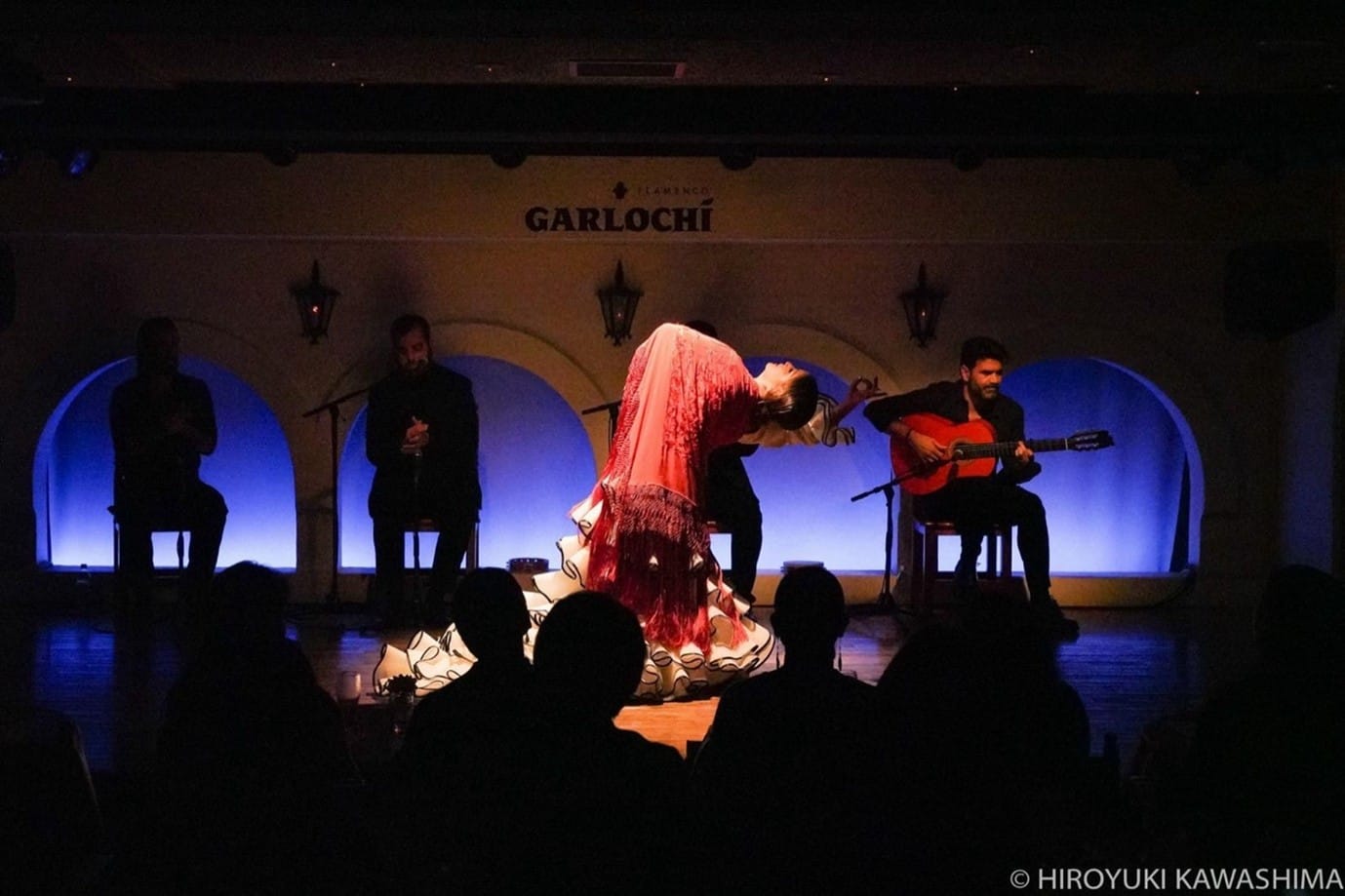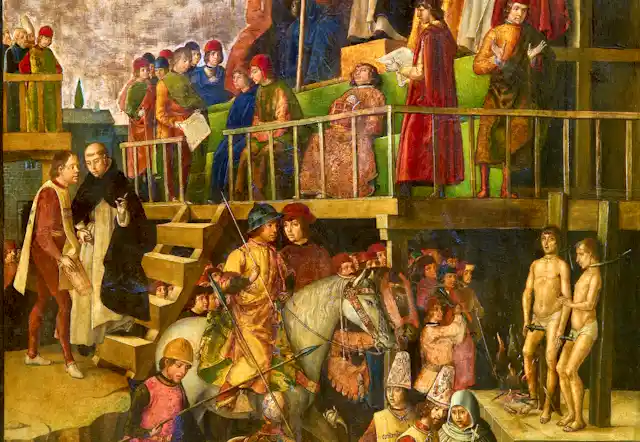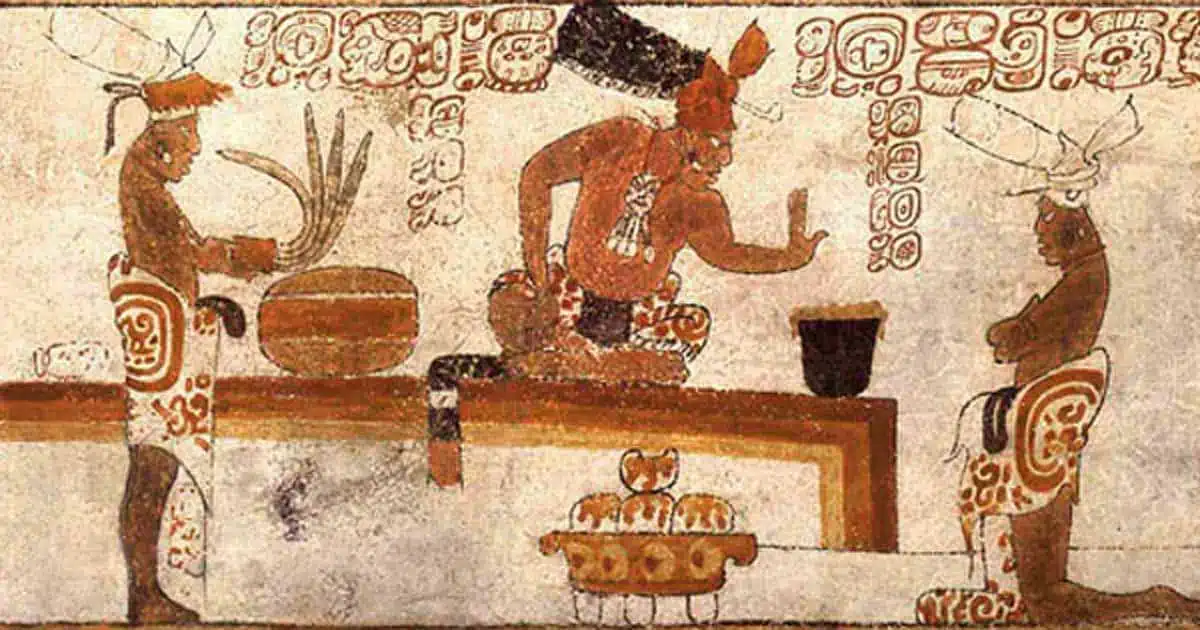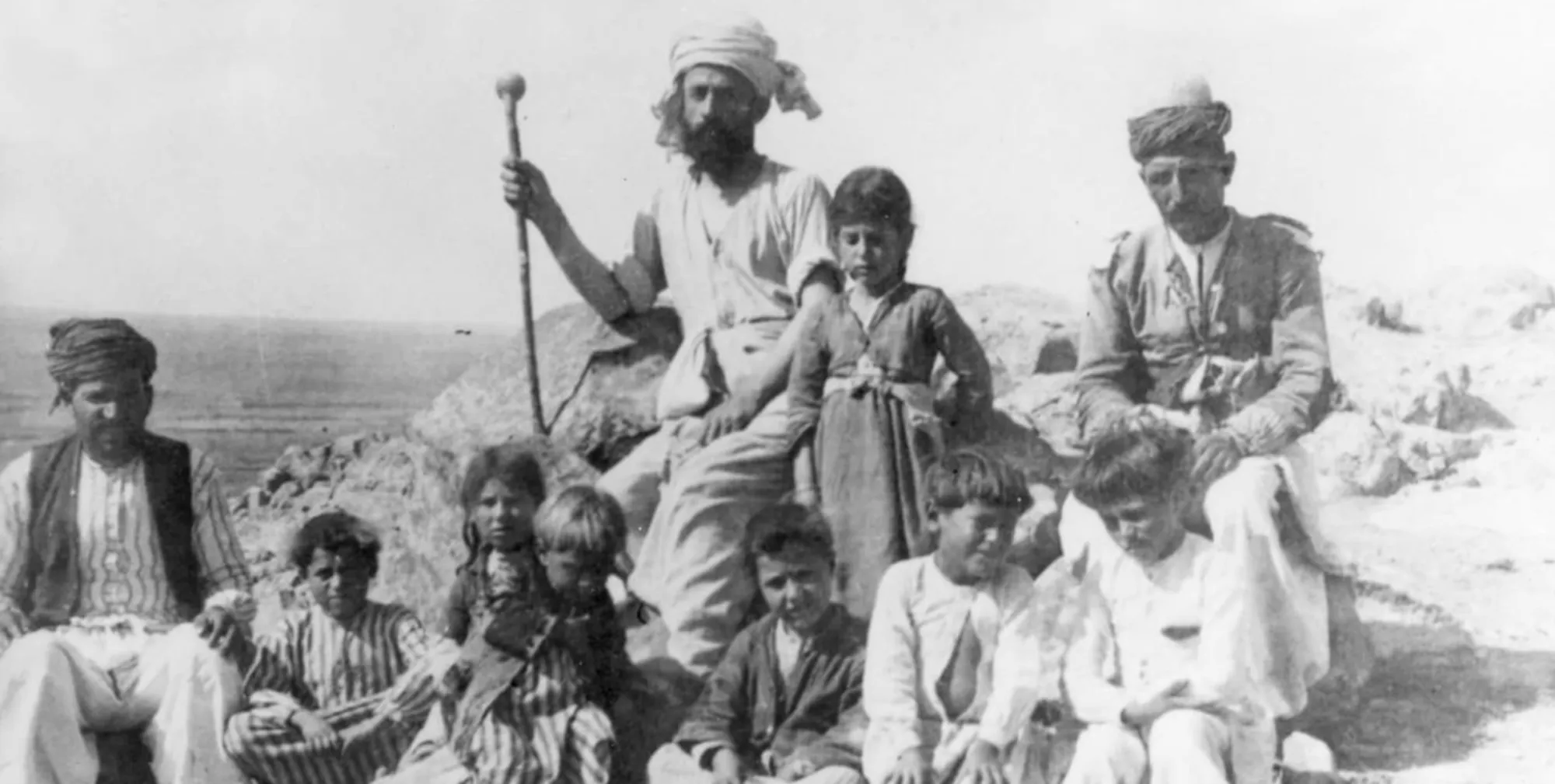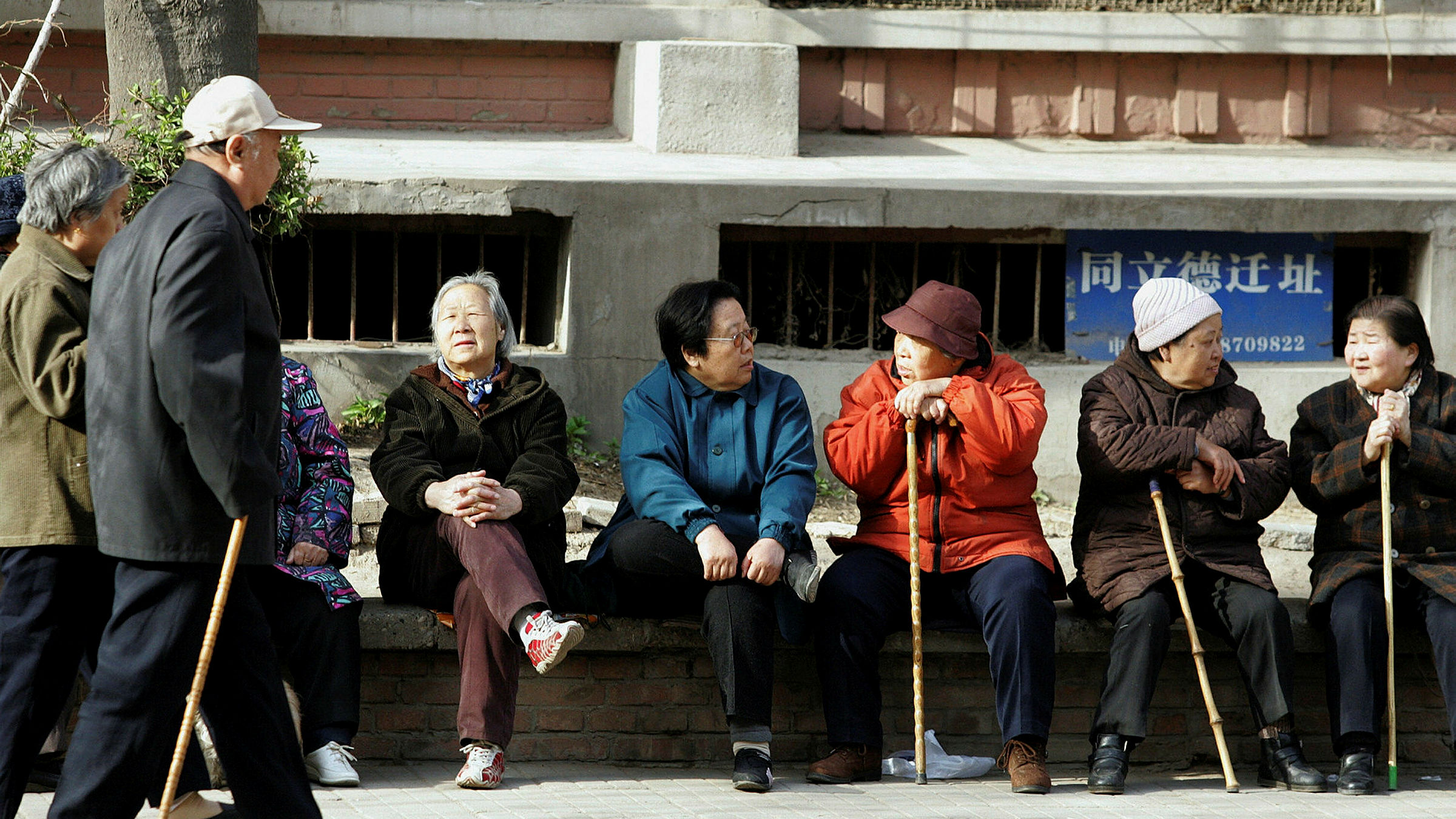The Camino de Santiago (Way of Saint James) is one of the most famous pilgrimage routes in the world, leading to the Cathedral of Santiago de Compostela in Northwestern Spain. The cathedral is said to house the remains of the Great Saint James, one of the 12 apostles of Jesus. The pilgrimage began in the ninth century, following the supposed discovery of the tomb of Saint James in Galicia. According to legend, the saint’s remains were miraculously transported from Jerusalem to Spain.
Due to its unrivalled historical and spiritual connections, the Camino de Santiago is the supreme pilgrimage undertaken for religious believers seeking personal reflection, a deepened connection with God, or even to honour Saint James himself. However, many would argue that in the modern age, where the numbers of religious believers are declining, that pilgrimage has evolved into something encompassing much more than religion. Something that can benefit everyone, religious or not.
With the hustle and bustle of modern-day life, it is easy to get caught up in an endless cycle of sitting at your computer, replying to emails, and slowly being consumed by various WhatsApp and social media notifications. What feels like living in constant bombardment from the outside world can sometimes build up to such great lengths that our angst and stress become all too much and we either take a step back to recharge or we break entirely. The Camino de Santiago can serve not solely as a religious feat but can become that period of peace within everyday life.
Many pilgrims find the solitude and meditative aspects of Camino extremely refreshing and fulfilling, with some saying that it breathes new life into them and that they come home as new people. If undertaking the Camino from Porto (along the Portuguese coastal way), the adventure takes about two weeks to complete. During those two weeks, you are disconnected from the stresses of everyday life with your only goal to complete the 35-kilometre walk you set yourself at the start of the day. With nothing but wildlife and the wild Atlantic coastline of Portugal and Galicia to accompany pilgrims on their way towards Santiago, the calming rhythm of walking and the immersion in the picturesque landscape dramatically improve pilgrims’ state of mind and mental health. The long, contemplative walk encourages pilgrims to think introspectively, reflecting on their lives, which can lead them to greater emotional clarity. The Camino also provides pilgrims with a huge sense of achievement and accomplishment on completion, boosting self-esteem and, perhaps due to the rigorous exercise that comes with the Camino releasing dopamine and happy endorphins, a sense of purpose for those who have been struggling with self-doubt.
Furthermore, many pilgrims returning from their journey say that not only their mental health improved but their physical health too; some say that they were in the best shape of their lives on return. This is no surprise, as repetitively walking long distances improves cardiovascular health and lowers blood pressure.
Another aspect of the Camino de Santiago that sets it apart from other pilgrimages and why it is one of the most popular in the world is the companionship and sense of community it offers. One unique way of meeting and connecting with fellow travellers would be staying in albergues, hostels that are budget-friendly, dormitory-style, community-orientated resting places for pilgrims. They provide the essentials—a bed, a shared bathroom, and potentially a kitchen—but it is precisely these spartan conditions that foster camaraderie and companionship amongst pilgrims as they exchange stories, meals, and their experience along their own personal journey. Another binding factor between pilgrims is the shared purpose of reaching the cathedral in Santiago de Compostela; meeting with strangers, possibly from another country; walking beside them; learning about their lives; and providing moral support and encouragement. This then creates an extremely potent and unique bond amongst fellow pilgrims. The relationships created over the Camino last for life. Pilgrims form very strong friendships with one another, having annual reunions and frequently sending letters to each other; in some cases, they even go on to get married.
Finally, one thing all pilgrims mention about the extraordinary nature of the Camino de Santiago is the breathtaking scenery and landscape in which the various routes are situated. So much so that pilgrims return from the Camino with a much greater appreciation and heightened sense of connection to our natural world. Whether pilgrims journey along the Camino Francés, through the heart of the Pyrenees, or along the Basque coastline during the Camino del Norte, their experiencing of nature firsthand often sparks a sense of responsibility in pilgrims, making them more open to preserving and protecting the environment.
In conclusion, many people would instantly write off pilgrimage solely as a religious endeavour. However, I hope to have highlighted the numerous and perhaps overlooked benefits of undertaking a secular pilgrimage. Whether seeking a deeper connection with yourself and others, to temporarily disconnect from modern life, or simply improving one’s mental and physical health, the Camino de Santiago provides food for the body, mind, and spirit.

